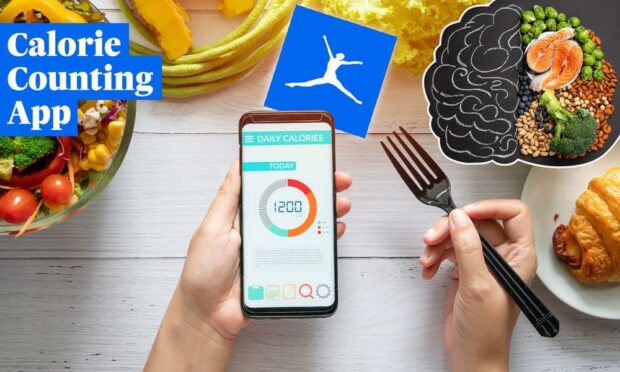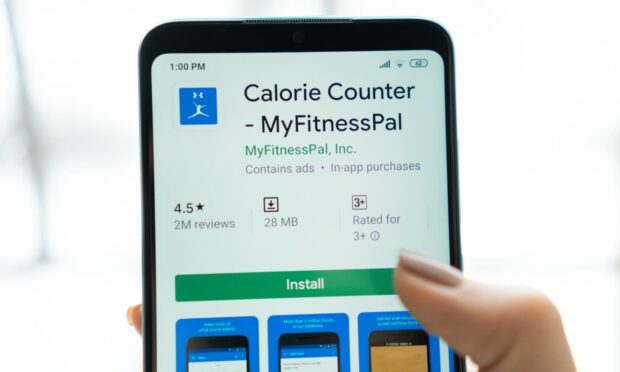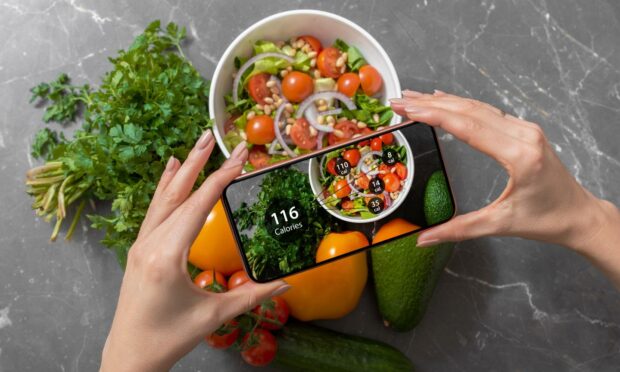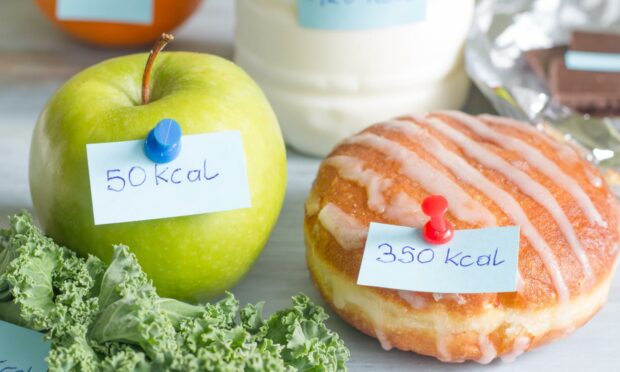Let’s talk about calorie counting, and how in some cases a calorie counting app can be more of a hindrance than a help.
Have you ever used a calorie counting app? Did you ever feel like it was becoming an obsession?
Over the years thousands of calorie counting apps have been launched all pitching a better way to help individuals lose weight. But are they really helping?
When searching google, the first calorie counting app to appear is the well-known MyFitnessPal, which is both a website and app built to help individuals track exercise and weight loss.
The way MyFitnessPal and many others like it including Lose It!, FatSecret, and Cronometer work, is that they give you a virtual food diary in which users can input what they eat and keep track.
The idea is that in order to lose weight the user needs to be in a calorie deficit – with the number of calories consumed lower than those used.
What are the benefits of using these apps?
For many gym goers these apps are great for tracking food and ensuring that they reach the levels of protein, carbohydrates, fats and fibre they require.
As well as this, it can help individuals who are unaware of how many calories they are consuming to become more aware of what they are feeding their bodies, which in turn could lead to making better food choices.
Many people find them motivational in helping to get fit and shift the excess weight gain by feeling more in control of their diet and exercise.
In many cases the apps have functions allowing users to scan products’ barcodes, input recipes, scan meals, and even quick add everyday foods to make calorie counting even easier.
What is the problem with calorie counting apps?
Although it seems like these apps are the perfect solution, in a lot of cases this might not be ideal for someone who is trying to lose weight in a healthy way.
If someone like myself was using the app to try to be in a deficit, I would try to eat according to that deficit to ensure that I stay below my limit.
Let’s say I want to be in deficit of 500 calories every day and my average intake according to the NHS is 2,000, I would be eating 1,500 calories.
That’s seems manageable, but once I track my food levels every day I would quickly realise that I am eating way over that level without even overindulging.
Furthermore, the only way I could even this out is by working out every day and ensuring that the exercise I do balances out the food I eat. However, in reality this is not always possible and exercise does not directly result in weight loss.
In addition, since each body reacts differently and burns energy in a different way this idea may work for one person but another would not see the same results.
The apps are made for an average person, but one size does not fit all when it comes to weight loss.
Apps can remove the enjoyment out of food
For many people, including myself, food is a part of life which is enjoyable. However, when following a deficit diet and only eating what fits into this regime, it can become quite tedious.
As well as this, differing levels of obsession can develop including weighing all the food being consumed and refusing to eat anything which doesn’t fit within the diet plan.
It can be extremely time consuming and tiring to try to sustain this lifestyle for extended periods of time, and in some cases may drive individuals to eat only low-calorie foods to meet their targets despite them being nutritionally deficient.
The aim of having a healthy lifestyle is to try to keep a consistent level of exercise and eat foods which help the body develop without ruining the relationship we have with them.
Calorie counting apps can be useful in some cases, but detrimental if used the wrong way and can lead to unhealthy food choices without the right knowledge and experience of using them effectively.













